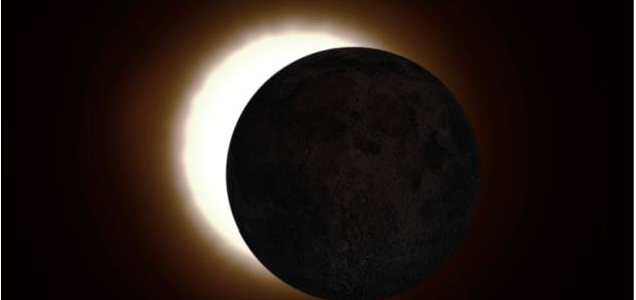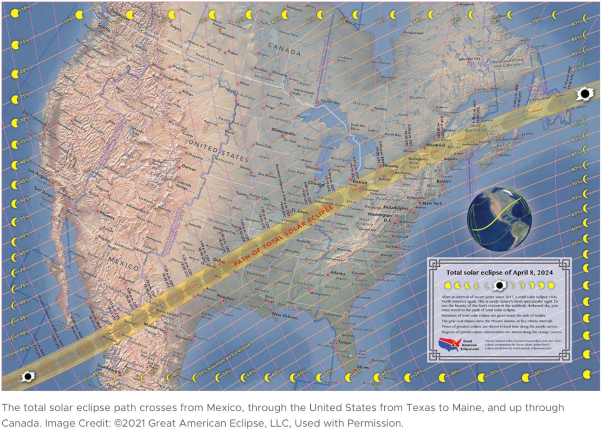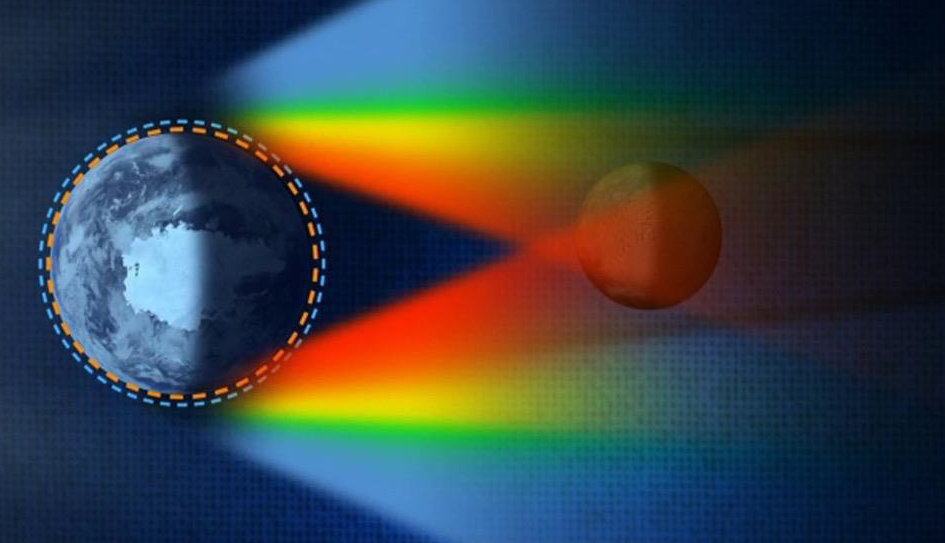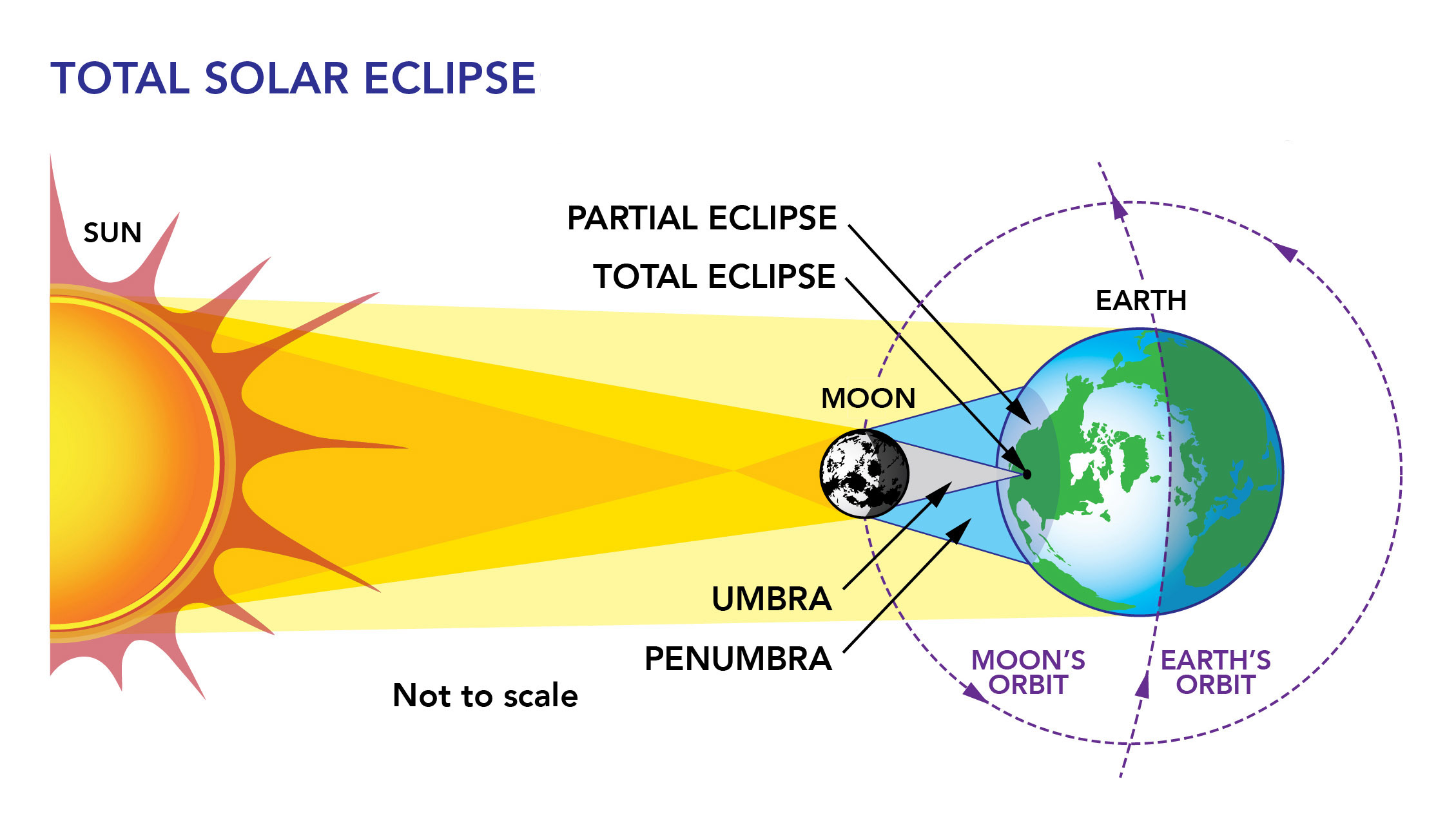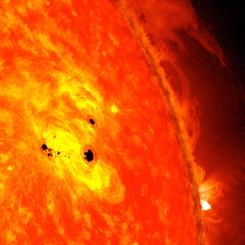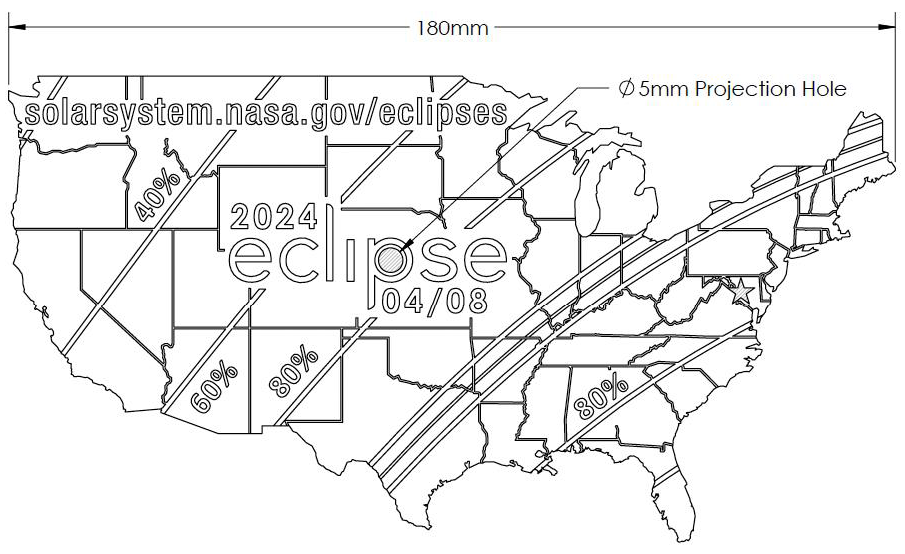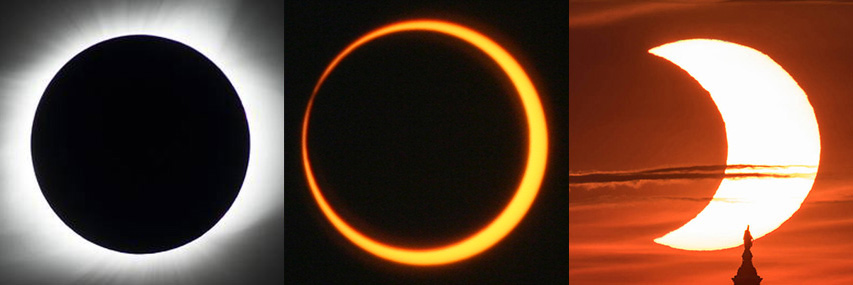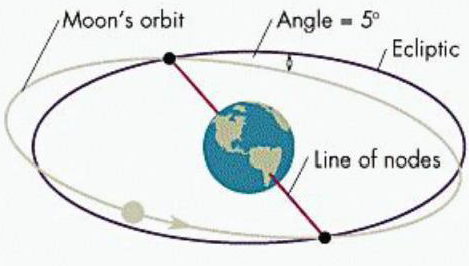Mini Lesson/Activity
How Does a Solar Eclipse Affect Air Temperature?
Overview
Students will examine air temperature data collected through The GLOBE Program during the 2017 US solar eclipse.
Student Directions
Remember to never look directly at the Sun without proper safety equipment.
Materials Required:
Use one of the following options for answering questions.
- How does a Total Solar Eclipse Affect Air Temperature? Google Doc
OR - How does a Total Solar Eclipse Affect Air Temperature? PDF
Introduction:
Everyone has experienced the cool relief provided by shadows and clouds on a hot summer day. You may have even done experiments that measure the difference in temperature between direct sunlight and shadows created by trees or other objects. How would a solar eclipse affect air temperature?
Steps:
-
Examine: Here is a diagram showing how the Moon’s shadow hits Earth. Locations on Earth that are in the darkest part of the shadow, known as the umbra, experience a total solar eclipse. Locations on Earth that are in the lighter parts of the shadow, known as the penumbra, experience a partial solar eclipse.
This animated diagram is not to scale. Nothing in the diagram is the correct scale. It is designed to emphasize the umbra and penumbra.
Solar Eclipse Visualization
A solar eclipse occurs when the Moon passes between the Sun and Earth, casting a shadow over parts of Earth and blocking the face of the Sun, Credit: NASA's Goddard Space Flight Center,
https://mynasadata.larc.nasa.gov/sites/default/files/inline-images/Eclipse%20Shadow.png - Watch: The GLOBE Air Temperature with Eclipse Shadow 2017 visualization shows how the Moon's shadow affects air temperature. This shows a total solar eclipse that was in the continental United States. It was on August 21, 2017. As the umbra passes overhead, the temperature drops by several degrees. The air temperature data presented in this animation were collected by citizen scientists in The GLOBE Program. See GLOBE Observer Eclipse Data for the full data record.
In the visualization, the partial solar eclipse is represented by the light gray, outer circle (penumbra). Areas in the penumbra experienced a partial solar eclipse. It hit the west coast of the continental US at approximately 10:00 am Pacific Standard Time.
The dark, inner circle is the umbra. It represents the total solar eclipse. It reached Oregon approximately 15 minutes later. The Moon’s shadow took approximately four hours to traverse the continental US.
- Analyze:
- Approximately how many degrees does air temperature drop during the eclipse? Hint: look at the legend for the temperatures for the colors.
- In the penumbra?
- In the umbra?
- Do locations experiencing the total solar eclipse have greater temperature variations than locations experiencing the partial solar eclipse?
- Aside from the Moon’s shadow, what other variables would affect the air temperature during this four-hour period?
- Approximately how many degrees does air temperature drop during the eclipse? Hint: look at the legend for the temperatures for the colors.
- Make a prediction:
- How might plants and animals behave during a total solar eclipse?
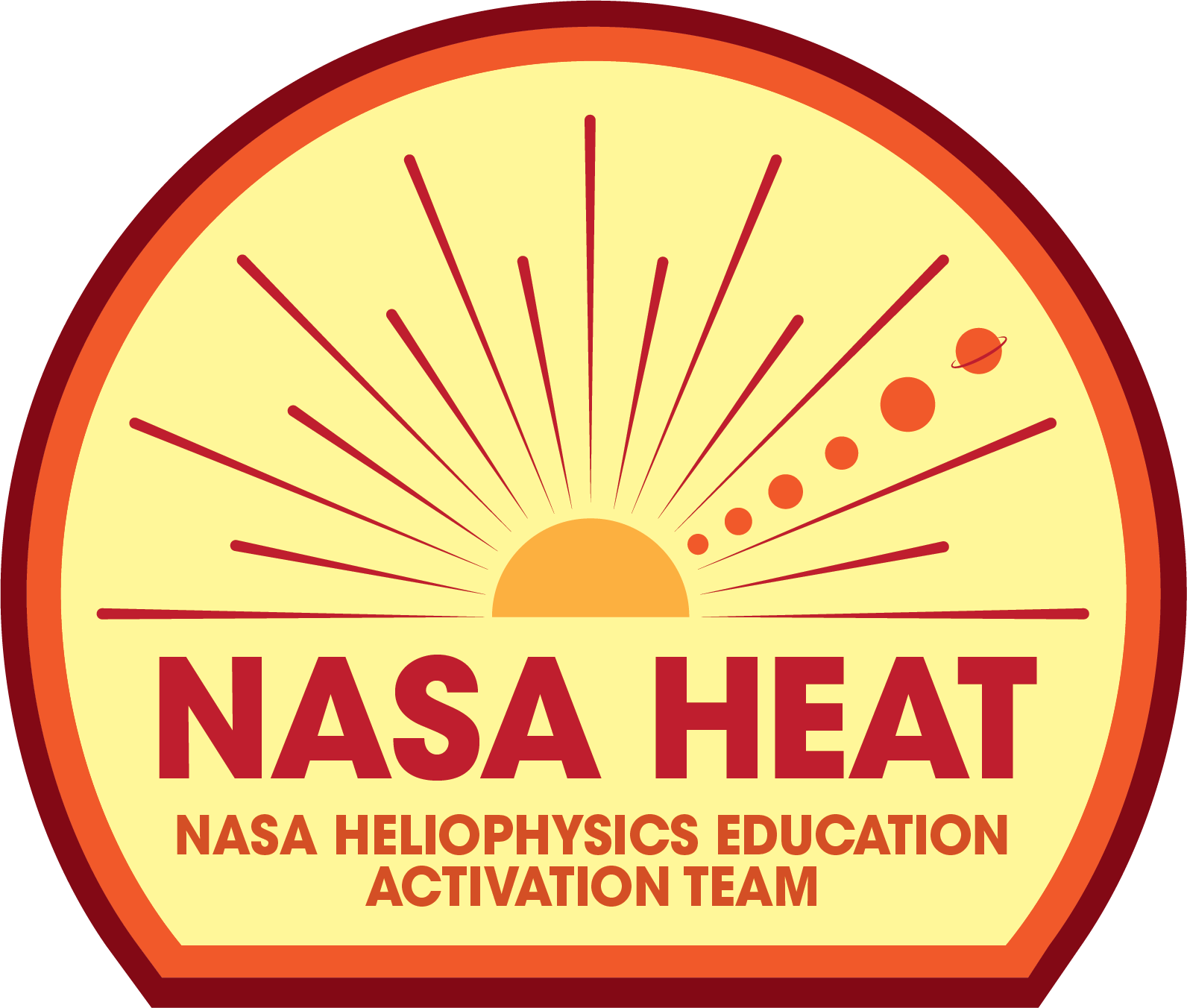
Sources:
- Types | About. (n.d.). NASA Solar System Exploration. Retrieved February 5, 2023, from https://solarsystem.nasa.gov/eclipses/about-eclipses/types/
- GLOBE Observer Quick Data Viz - 5 Min Intervals with Eclipse Shadow. (2022, February 28). NASA Solar System Exploration. Retrieved February 5, 2023, from https://solarsystem.nasa.gov/resources/2693/globe-observer-quick-data-v…
Teacher Note
Teachers, these mini lessons/student activities are perfect "warm up" tasks that can be used as a hook, bell ringer, exit slip, etc. They take less than a class period to complete. Learn more on the "My NASA Data What are Mini Lessons?" page.
Teachers who are interested in receiving the answer key, please complete the Teacher Key Request and Verification Form. We verify that requestors are teachers prior to sending access to the answer keys as we’ve had many students try to pass as teachers to gain access.
Disciplinary Core Ideas:
- ESS1B: Earth and the Solar System
Crosscutting Concepts:
- Cause and Effect
Science and Engineering Practices:
- Developing and Using Models

